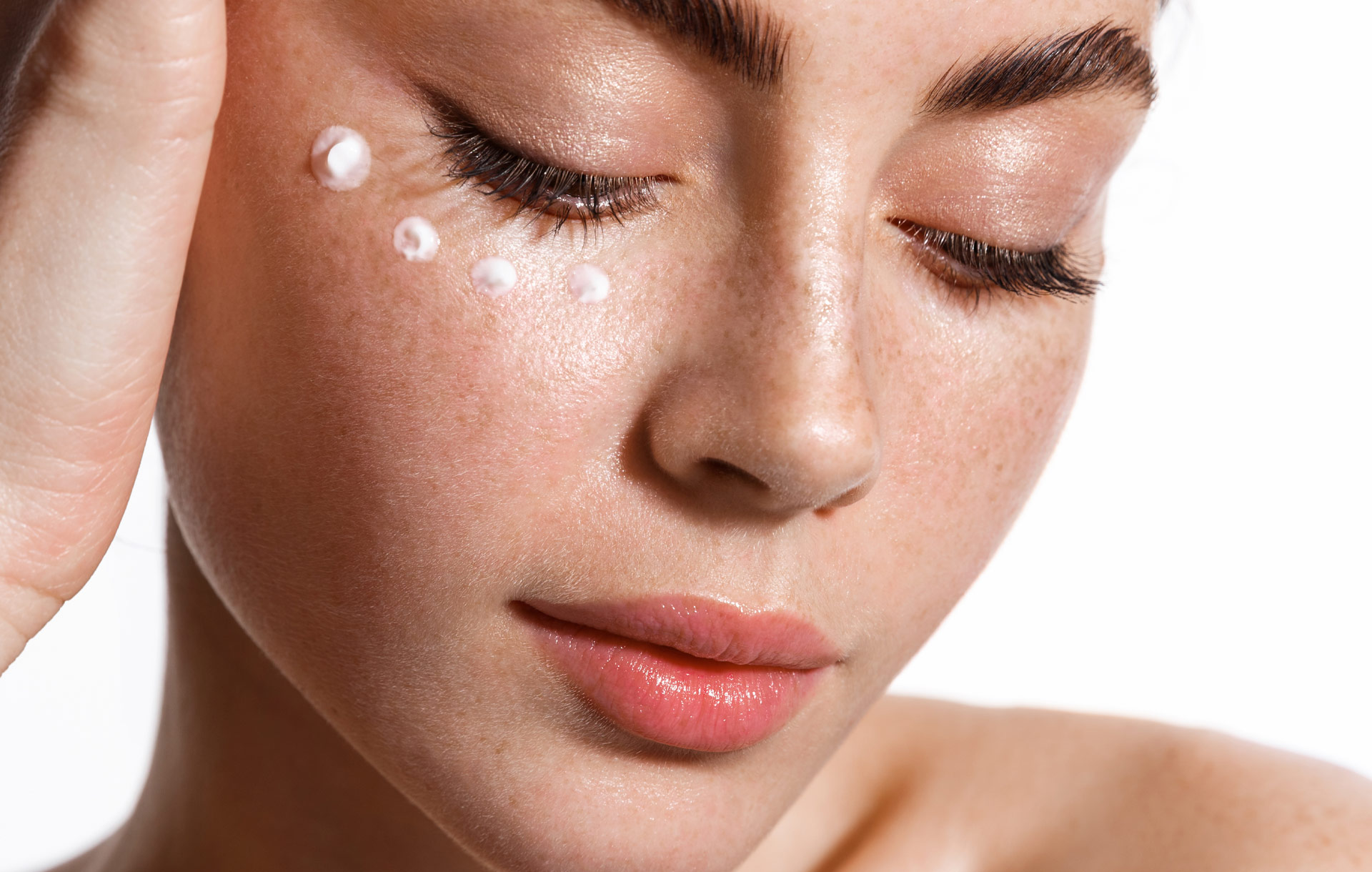Five brightening skincare ingredients to fade pigmentation
With summer right around the corner, many people are noticing how dull their skin became over the winter months. The lack of sunshine and the loss of a natural tan can make anyone appear a bit pallor. Luckily, many ingredients are meant to brighten up the skin to give it that lively, youthful glow again. With so many options, it can be difficult to choose one. Learning the key uses and benefits of these brightening ingredients is the first step in determining the most effective one for you or your client.
Vitamin C
Vitamin C is the most noted ingredient in skincare used to brighten skin tone. As one of the easiest brightening ingredients to find, Vitamin C has been incorporated into skincare products for decades due to its powerful antioxidative effects. When paired with sunscreen, vitamin C greatly reduces UVA and UVB damage. Averting oxidative stress will prevent the creation of hyperpigmentation and the darkening of scars.
[ihc-hide-content ihc_mb_type=”show” ihc_mb_who=”2,4,6,7,5″ ihc_mb_template=”3″ ]
There are many names for vitamin C, with ascorbic acid being the most common. Look for L-ascorbic acid, tetrahexyldecyl ascorbate, sodium ascorbyl phosphate, retinyl ascorbate, magnesium ascorbyl phosphate, or ascorbyl palmitate, to name a few, on the ingredient list.
Vitamin C is a very unstable ingredient and direct sunlight can damage the product. Oxidation can occur with glass bottles, so opt for product formulations that are packaged in dark containers to limit oxidation.
Azelaic Acid
Azelaic acid is a dicarboxylic acid that is mostly used for treating hyperpigmentation, rosacea, and acne. By preventing acne in the first place, acne scarring and discoloration will be reduced. On top of that, azelaic acid has a lightening effect. It will work to fade pre-existing hyperpigmentation and scarring while treating the root cause at the same time.
Azelaic acid works best when in a product designed to stay on the skin. Serums or moisturizers with a high concentration of azelaic acid will give quicker results than a cleanser. Even though this acid will fade discoloration caused by sun damage, it will also make the skin more photo-sensitive. When used in conjunction with sunscreen, results can be seen in as little as five to six weeks. However, improvements in acne and redness can be much quicker!
Kojic Acid
Similar to azelaic acid, kojic acid is dubbed as a skin lightener. It is naturally made from several species of Japanese fungi and works by blocking antioxidative stress from the UV-activation of tyrosine. This greatly decreases the production of melanin, which contributes to the formation of scarring and discoloration in the skin. By assisting in the fading of acne scarring and hyperpigmentation, kojic acid is able to give the skin a more even complexion.
Kojic acid is usually found in soaps and scrubs, both of which should be left on for a few minutes to allow it to work. It produces a stinging sensation upon application which may not be ideal for those prone to frictional dermatitis or sensitive skin. Because of its strength, kojic acid is excellent for those who want to fade discoloration on the rest of the body as well.
Retinol
Retinol is a fat-soluble form of vitamin A. While typically used as an anti-aging product that targets fine lines and wrinkles, it is also one of the most powerful ingredients to brighten the skin. When used in skincare products, it increases cell turnover. With dead skin shedding at a faster rate, the top layers of dead or sun-damaged skin are able to expel themselves. Underneath is a fresher, brighter layer of healthy skin. It also boosts collagen and elastin production, giving the skin a more plump, glowy appearance. While it can take two to three months before seeing a difference, the results are worth the wait.
Retinol should be used with caution, especially in the summer months. It greatly increases the skin’s sensitivity to the sun, which can be counterproductive if your client doesn’t wear a broad-spectrum SPF. Sun damage can make skin discoloration worse, so sunscreen needs to be used daily when using a retinol, even if the retinol isn’t being used every day.
Glycolic Acid
Belonging to the alpha-hydroxy acid family, glycolic acid is a well-studied chemical exfoliant known for its effectiveness in fading hyperpigmentation and melasma. Like all exfoliants, glycolic acid increases cell turnover allowing for the healthy shedding of dead skin. It easily penetrates the skin due to its tiny molecular size. By allowing dead and dull skin to shed, glycolic acid will reveal fresher, more lively skin underneath. This will even the skin and can also decrease acne and stubborn texture.
Glycolic acid has also recently been touted as a more effective natural deodorant. If applied with a cotton round onto the underarms, users notice less body odor and the fading of dark underarms! Not only will it help brighten facial skin, but it can even out the skin tone on the rest of the body as well.
[/ihc-hide-content]













